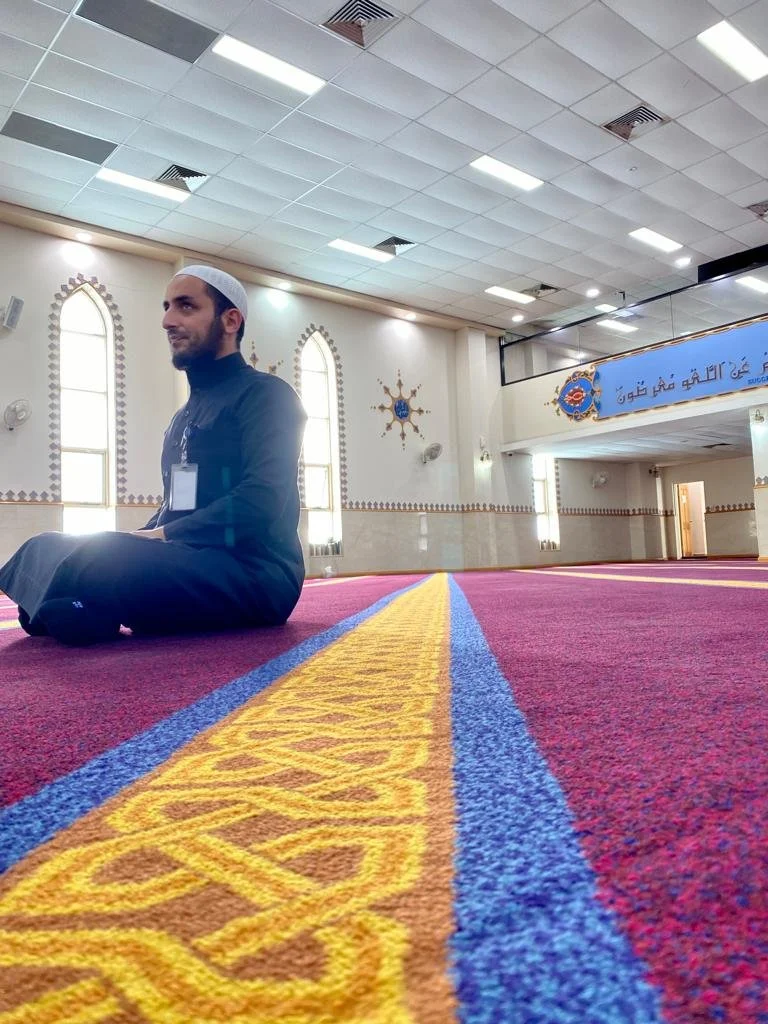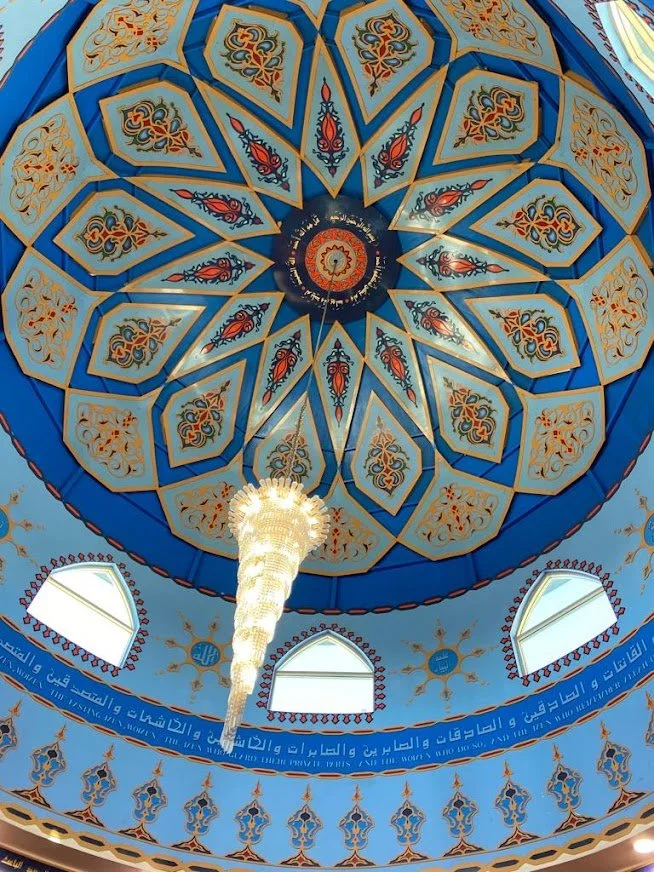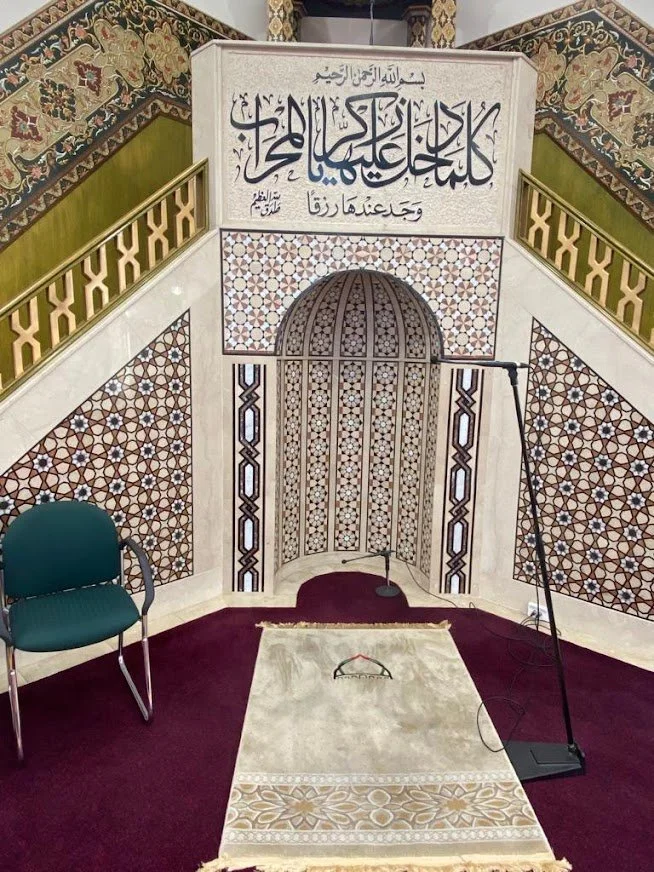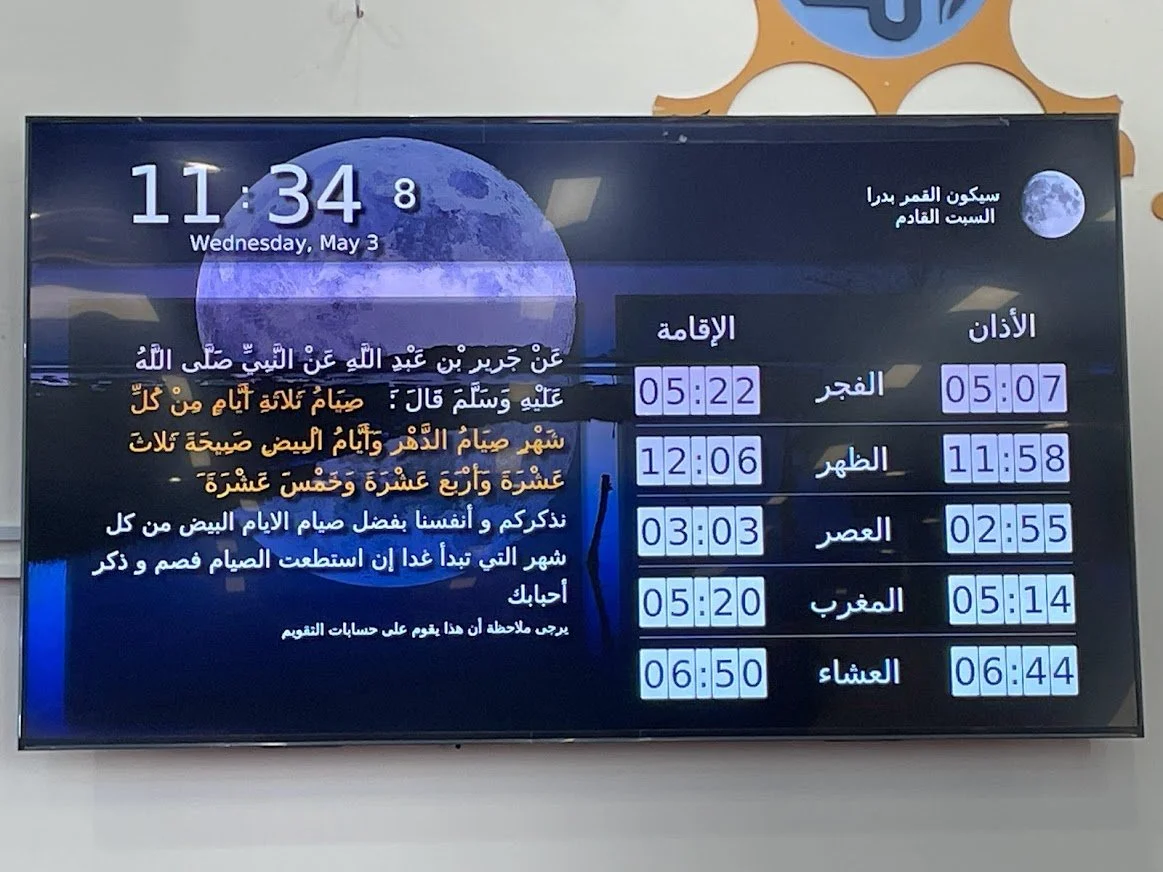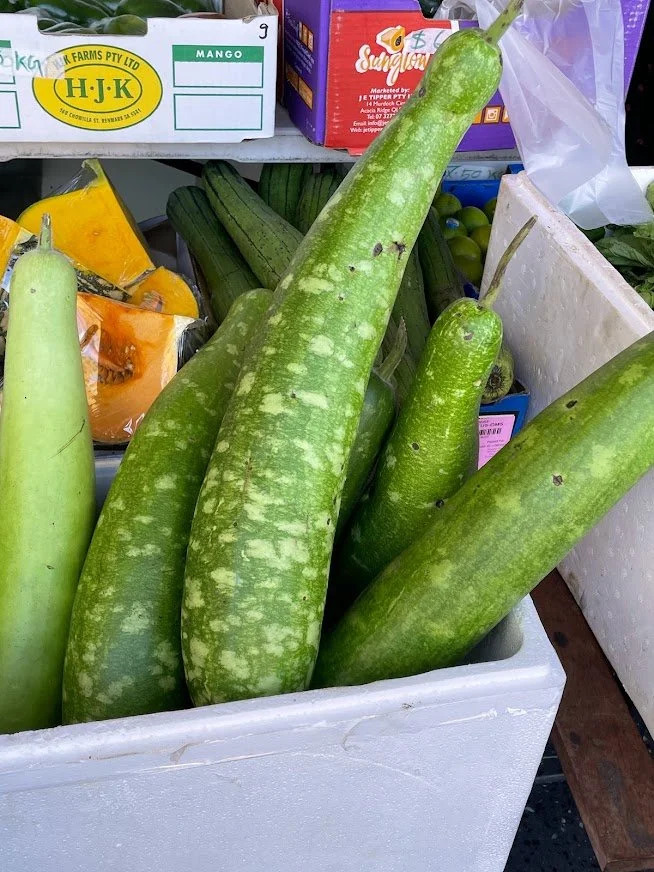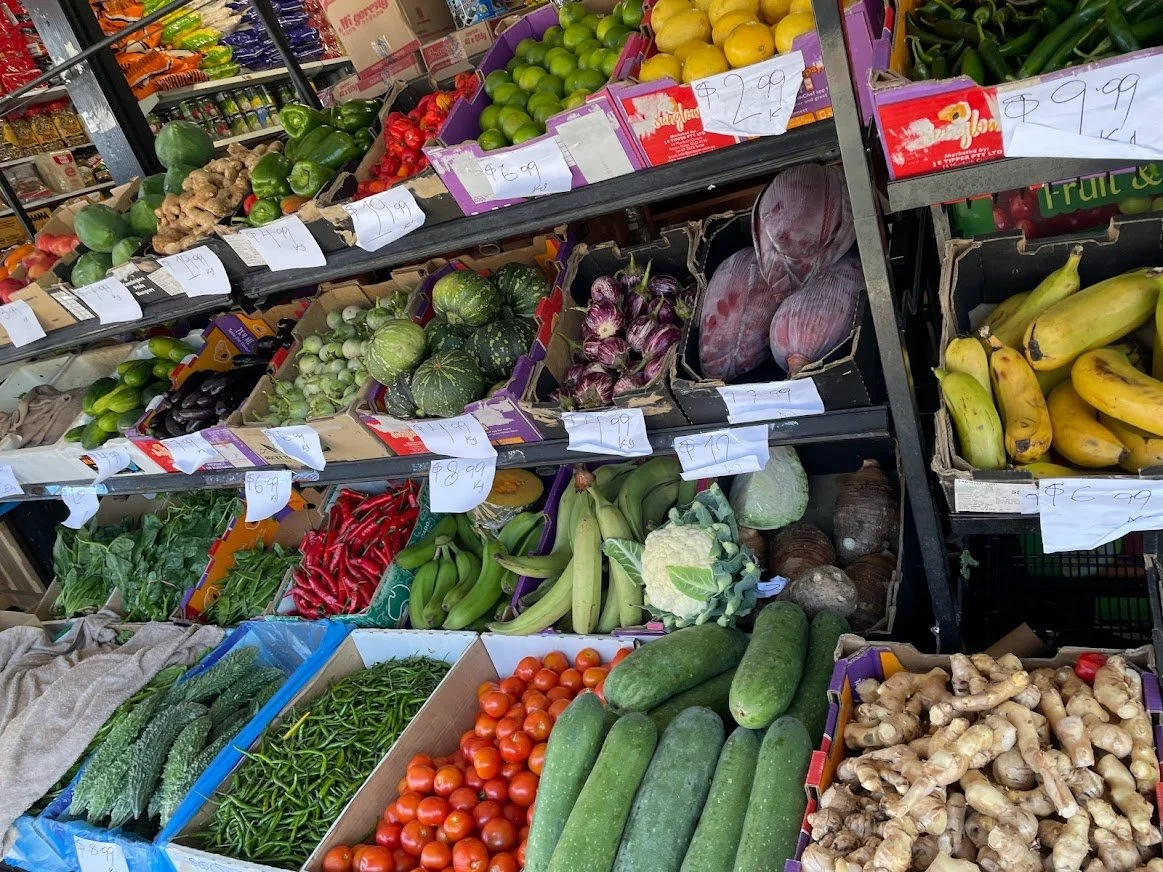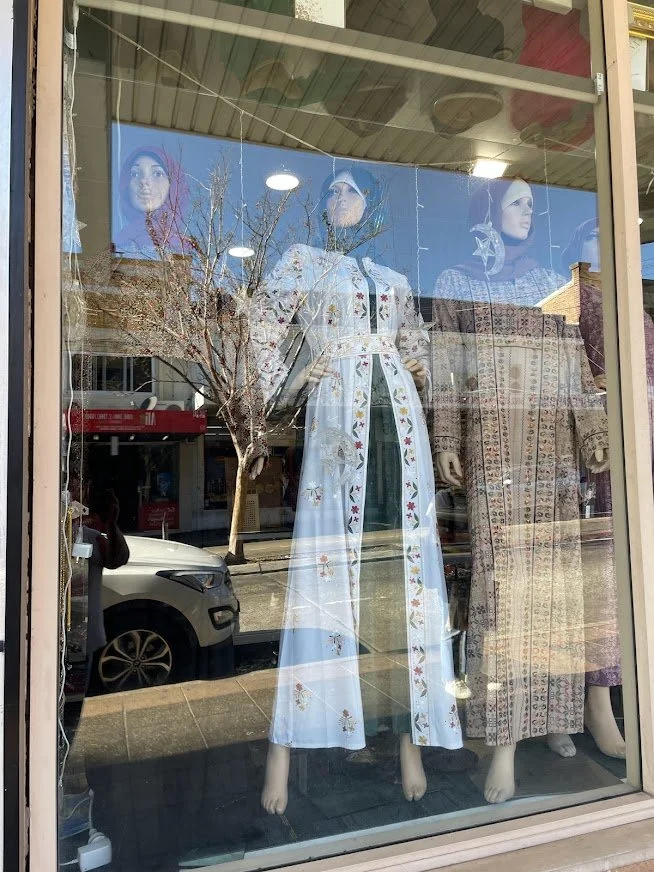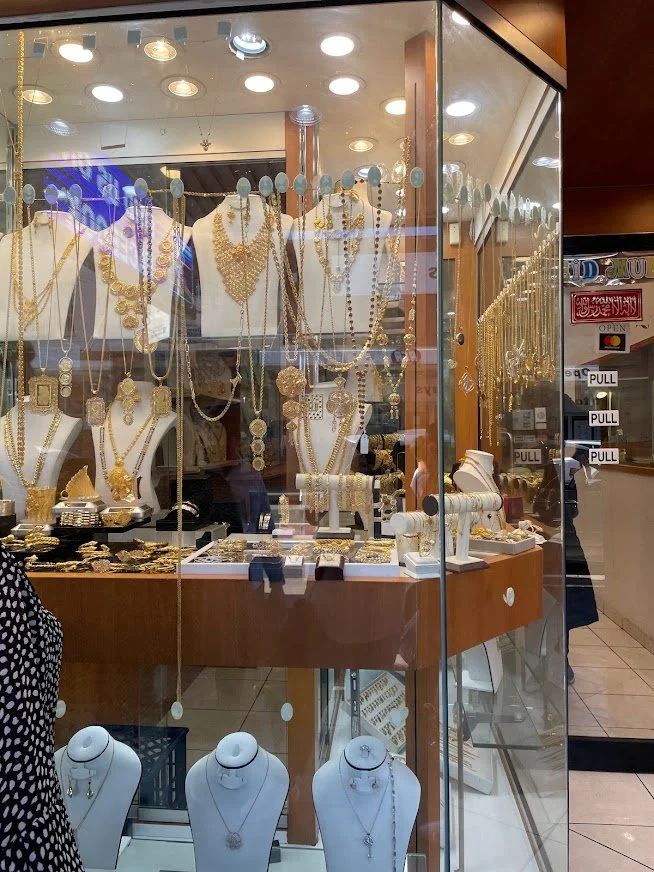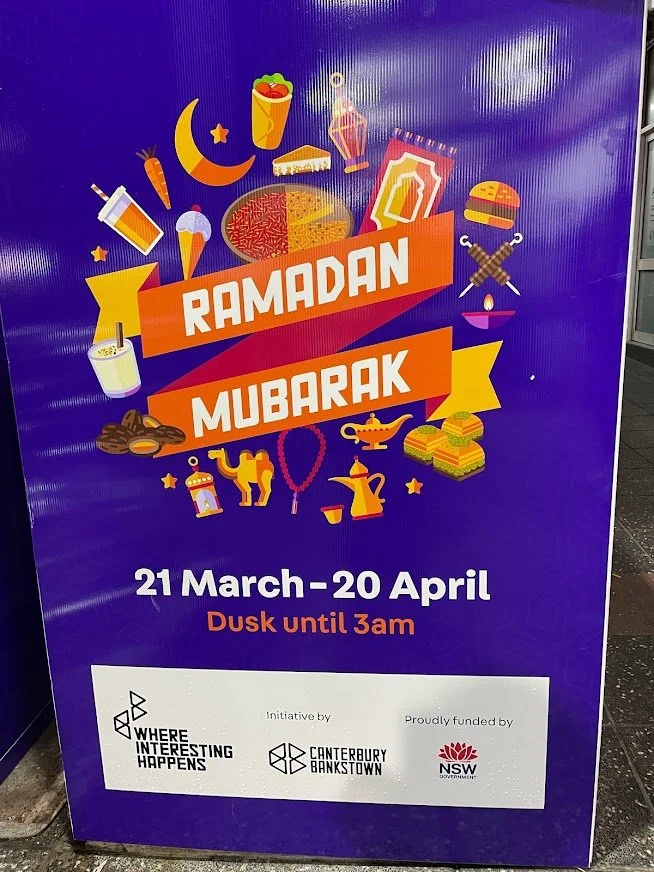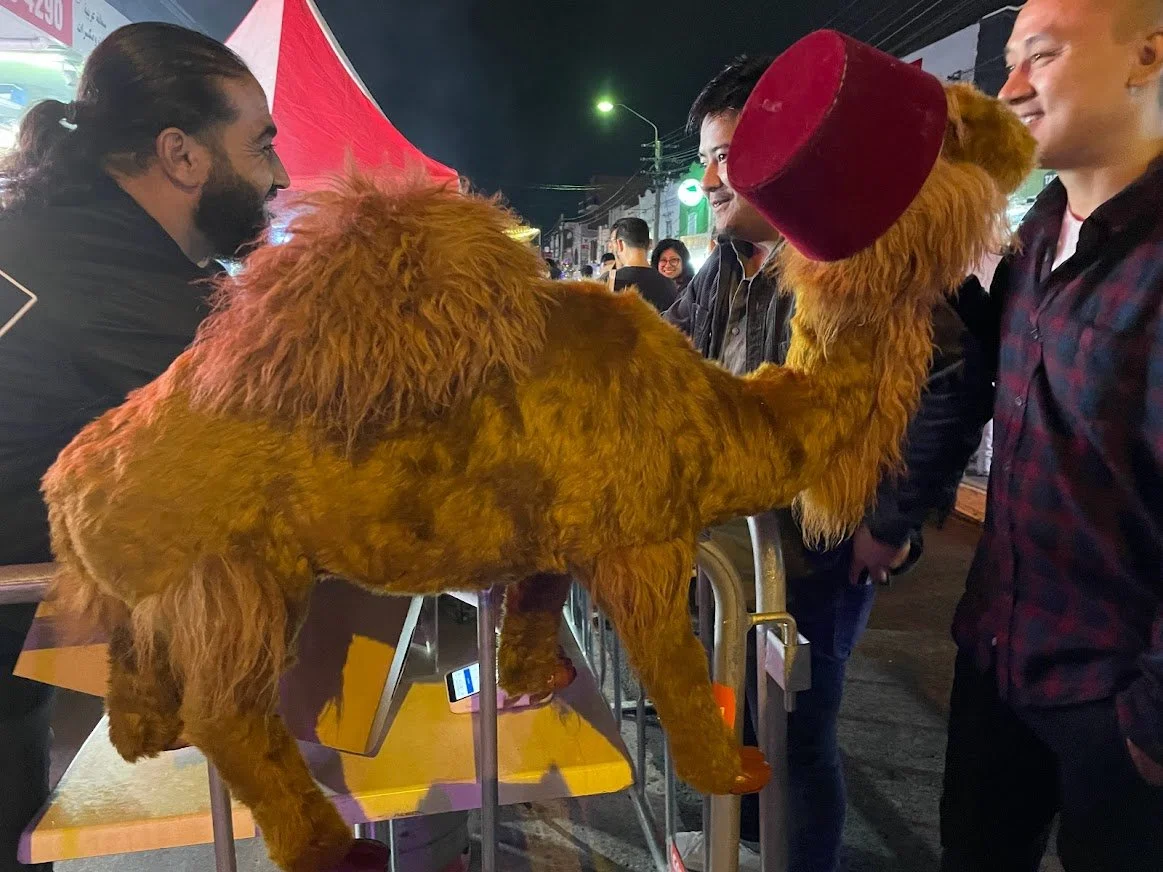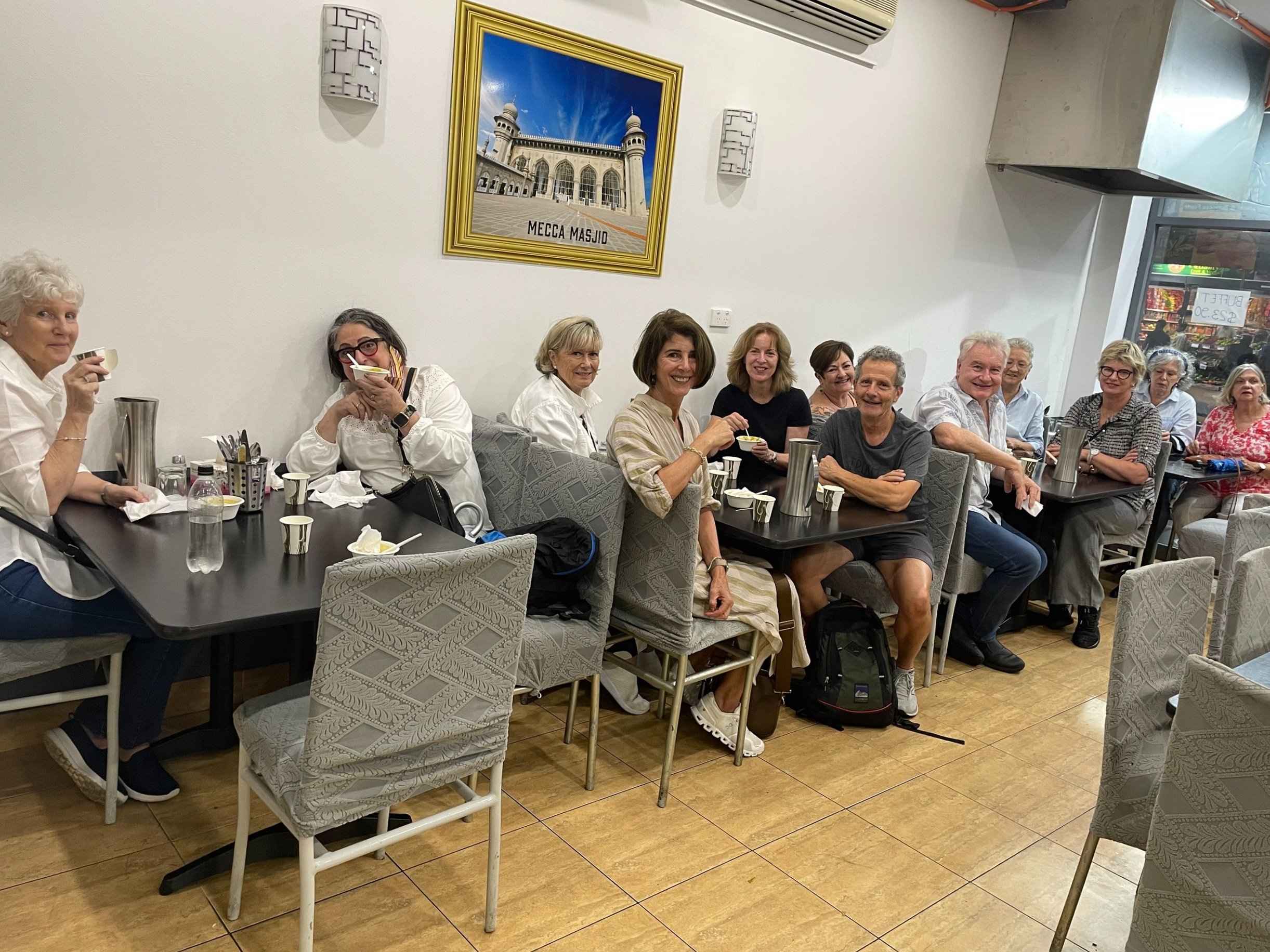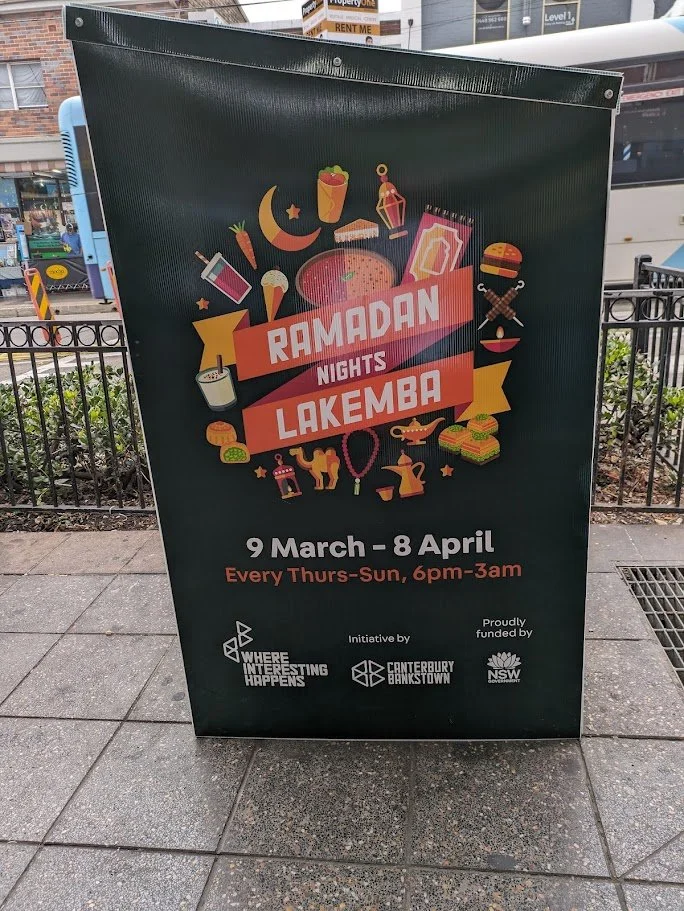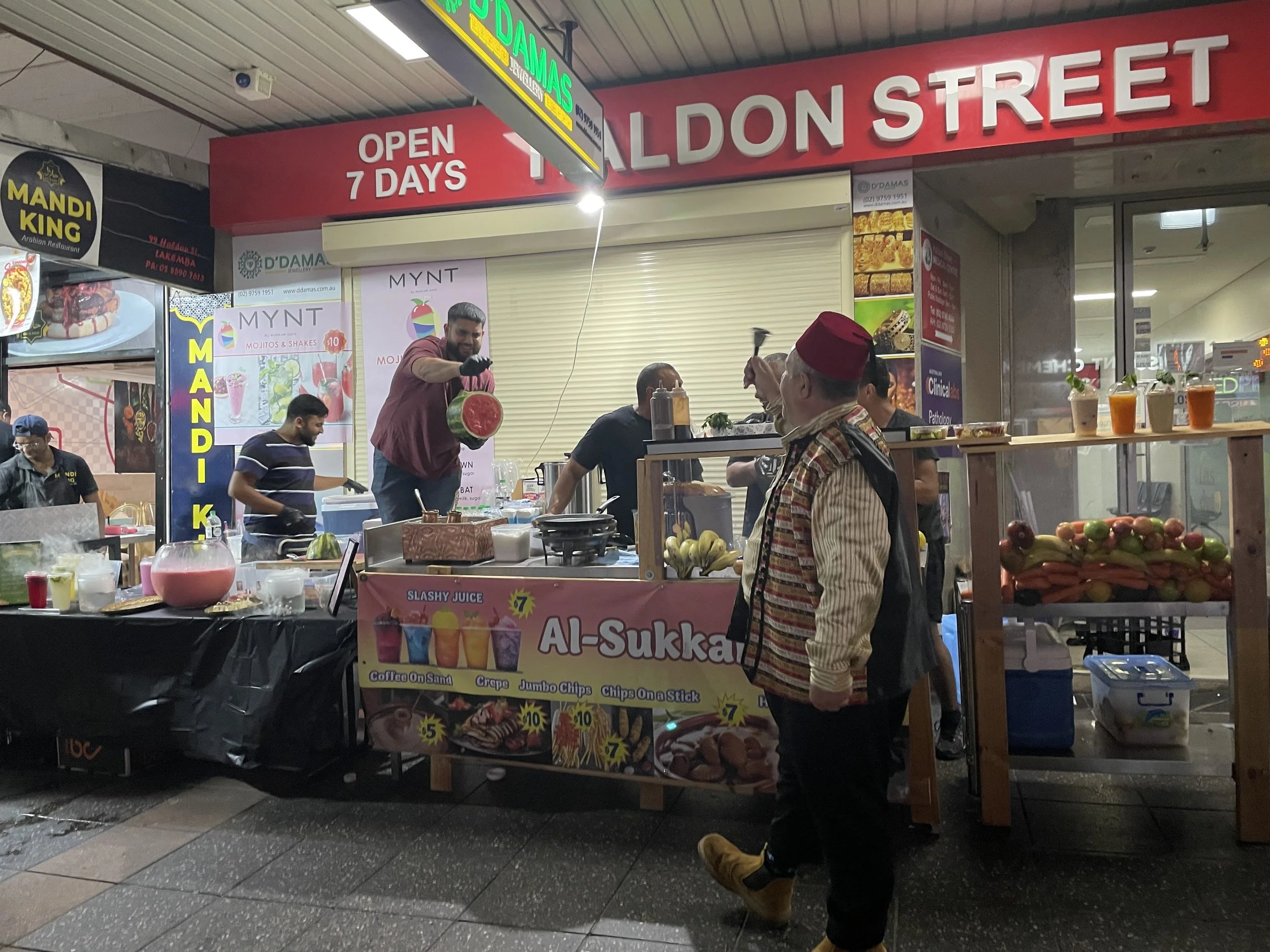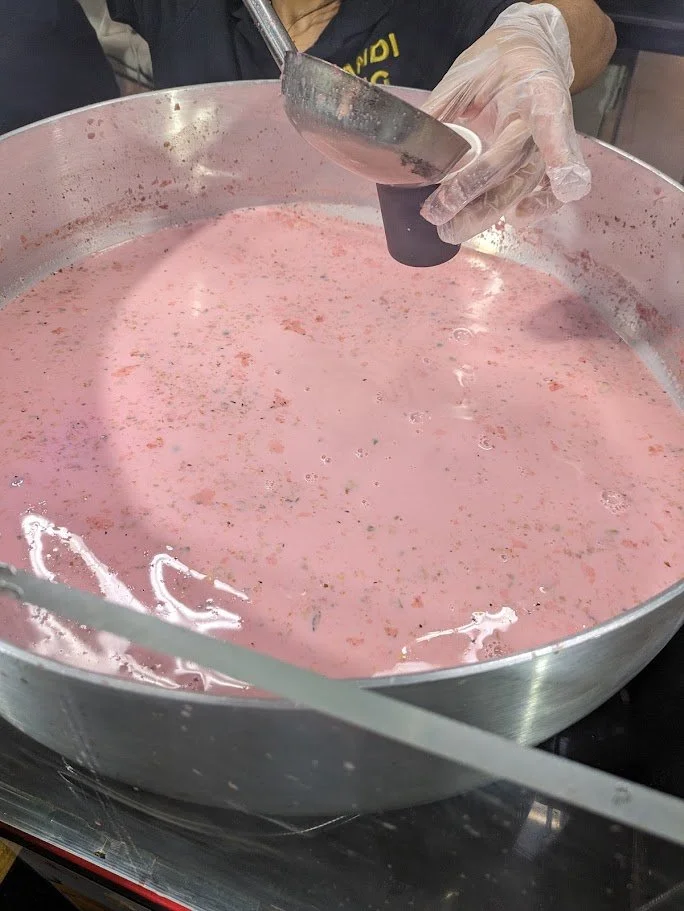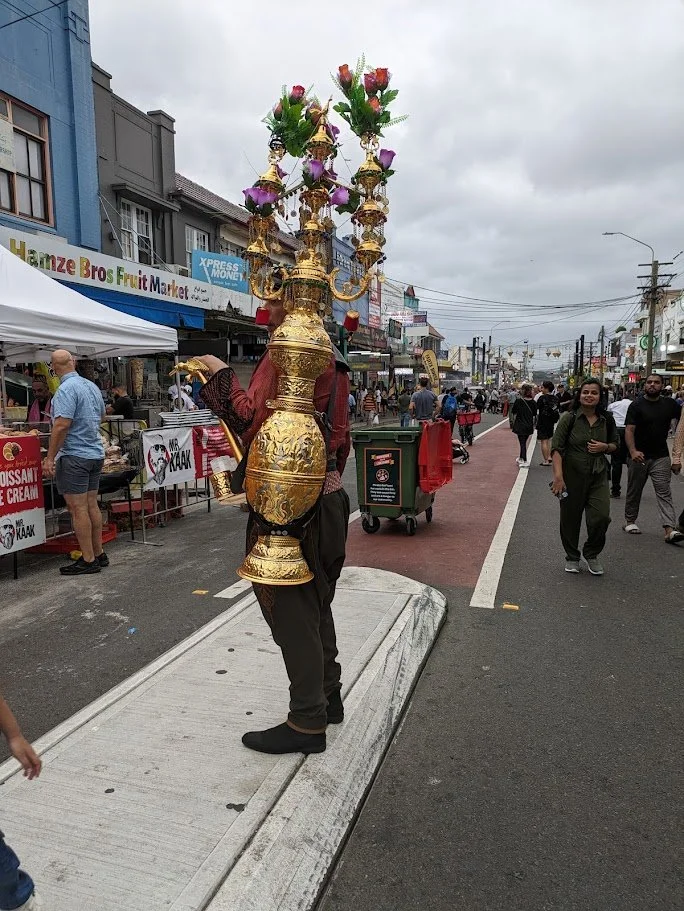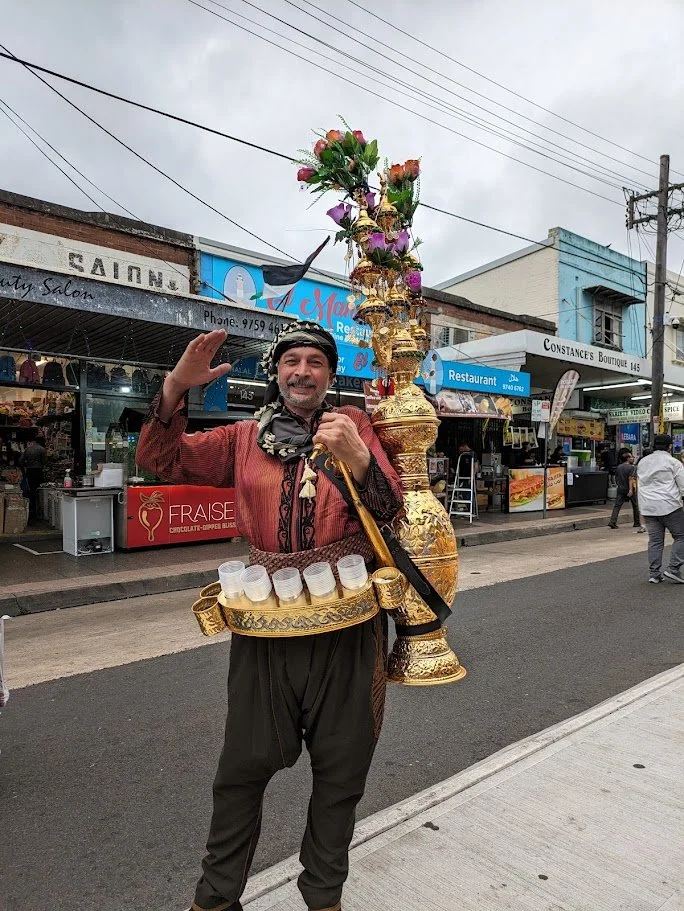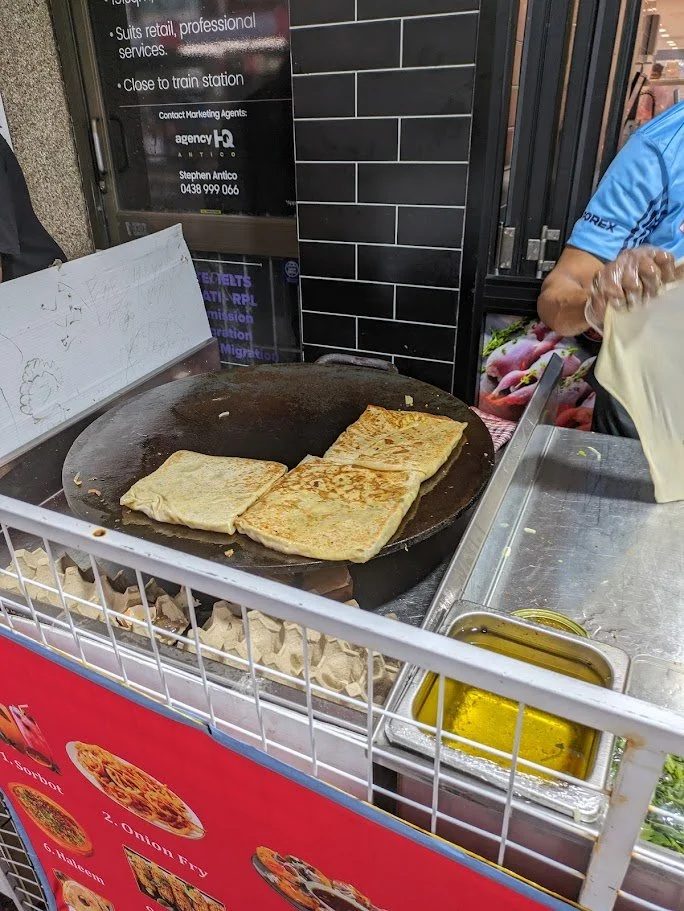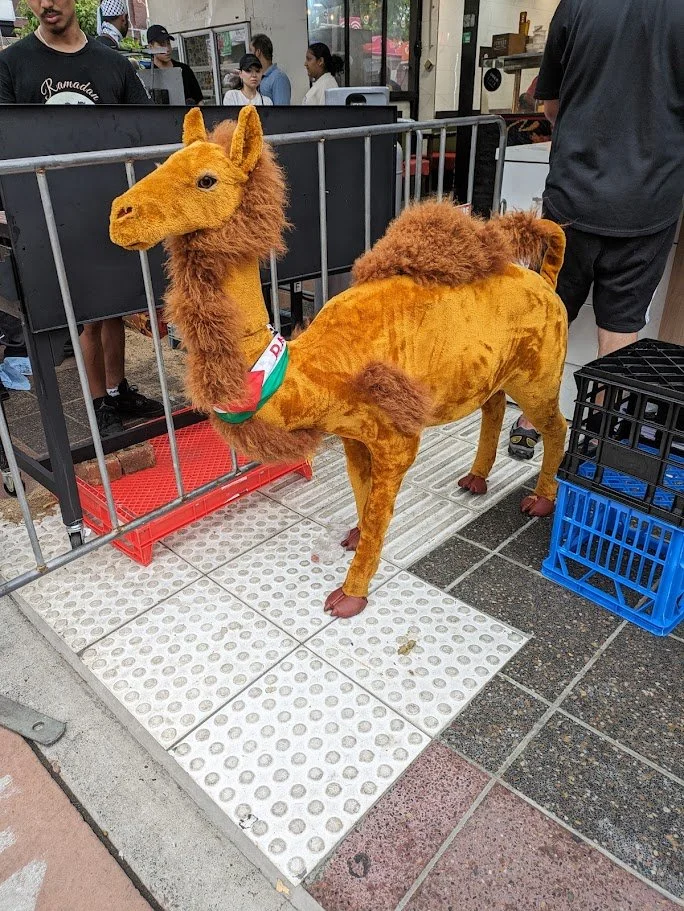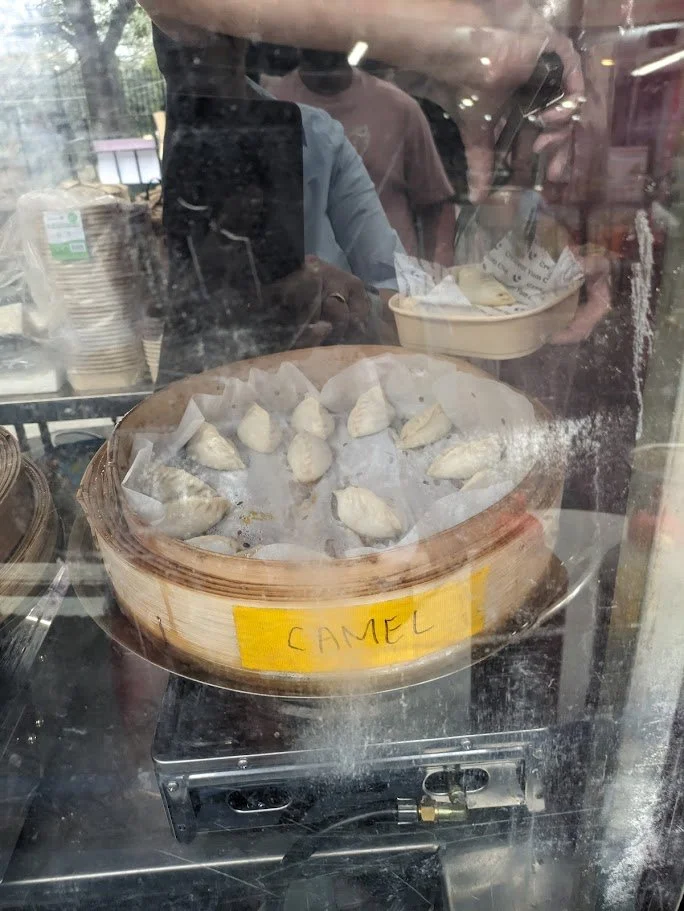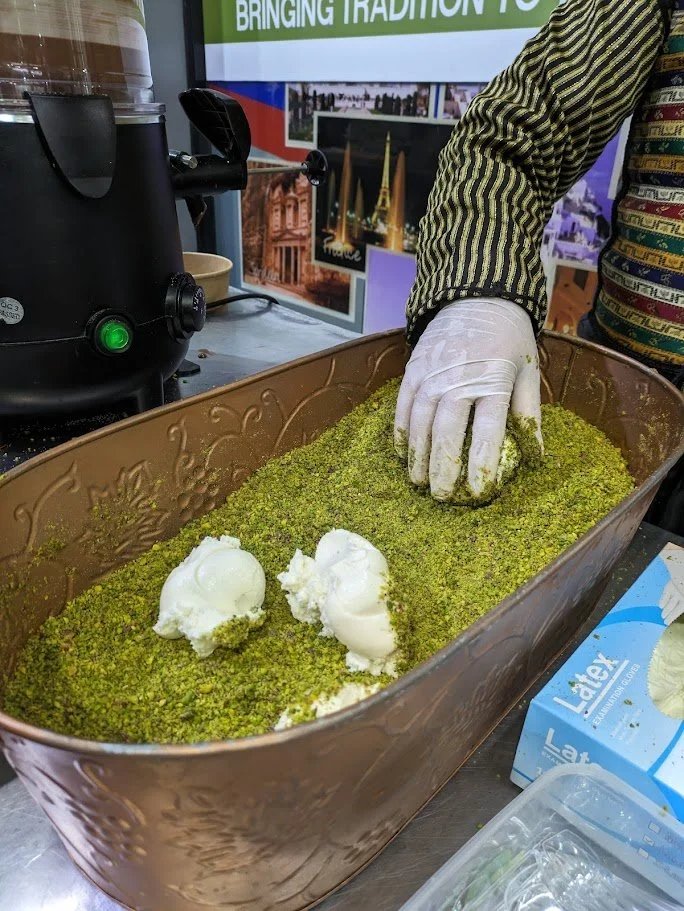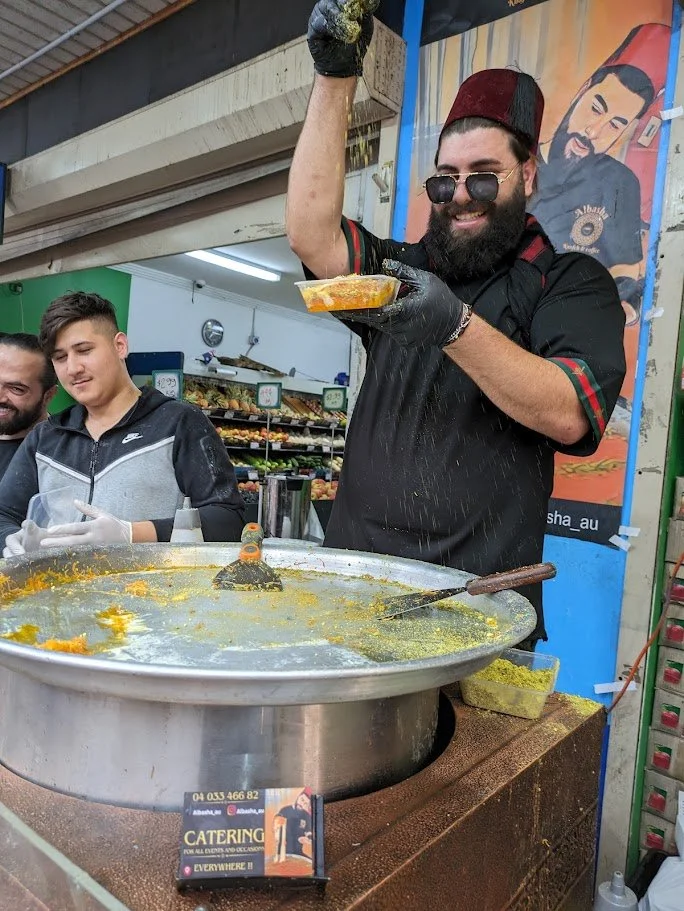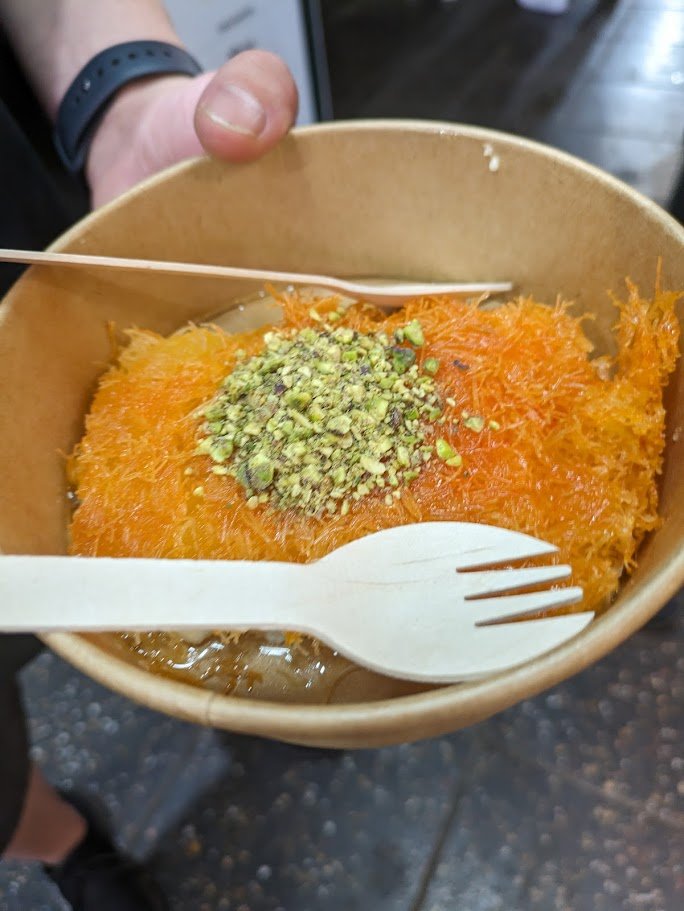Lakemba
Background
Originally inhabited by the Dharug people, Lakemba was initially colonially named Potato Hill because of the crops grown there. Land grants by the colonial government began in Lakemba about 1810. The suburb was known as Belmore South until 1910.
Benjamin Taylor had a 22 hectare property in the 1880s. He named his property "Lakeba" (pronounced Lakemba) after Lakeba Island in Fiji, where his second wife's grandparents had been missionaries. The railway line was built to the neighbouring suburb of Belmore in 1895 and extended to Lakemba and beyond, in 1909. The station was built on Benjamin Taylor's property and was named after his ‘Lakemba Cottage’.
Belmore School opened in April 1869 and became known as Belmore South in September 1907 until it was changed to Lakemba Public School in July 1969. The post office opened on 1 July 1920. By the mid-twentieth century, the suburb had absorbed large numbers of Greek and Italian arrivals. From the mid-1970s, Lakemba became very popular with migrants from Lebanon and by the mid-1990s the area was considered a centre of Lebanese Australian life. The founding of the Lakemba Mosque and the establishment of specialised restaurants, take-away shops, grocery shops, clothing and book sellers has encouraged a general perception of Lakemba as a predominantly Arab and Muslim suburb, particularly in the media. In recent times Lakemba has seen a large increase of people with Bangladeshi ancestry. The area has eight schools and at least ten places of worship.
Lakemba has been mentioned heavily in news reports in regards to its affordability compared to the Sydney market, being relatively close to the city. The area was the best performing suburb over the last 10 years with further growth expected with the construction of the South West Metro rail link reducing city travel times. Additionally Lakemba receives media coverage as one of the last areas of Sydney where it is cheaper to buy than rent.
Lakemba by day
Imam Ali bin Abi Taleb (Lakemba) Mosque
After a coffee kickstart at the Big Sahara Cafe we headed to the Lakemba Mosque, formally named the Imam Ali bin Abi Taleb Mosque. It was completed in 1972, replacing a community prayer hall and Sunday school teaching the basics of Islam, run by the Lebanese Muslim Association (LMA). The LMA caretakes this Mosque and two others, providing social, religious, educational and recreational services to the Muslim community. The Mosque hosts a growing congregation of thousands of people each week, with over 100,000 attending major events such as Eid celebrations. The mosque is maintained by the LMA and is the first solar powered mosque in Australia.
We were greeted by Shaykh (LMA website spelling) Jamal Ud-Din El-Kiki, who sometimes runs Mosque tours for school children. (I wondered what was easier - us or them?) Shaykh Jamal is an advisor to the people, holding degrees in Psychology (Sydney University) and Islamic studies (Islamic University, Madinah, Saudi Arabia). He gave us a comprehensive overview of the Mosque and Islam and agreed there is no such thing as a stupid question, thank goodness!
We headed back to the main shopping area for our first food stop, Jasmin’s Lebanese restaurant. There’s no menu (its Lakemba with a shrug) and we are advised to have #44 and #42 for the vegan/vegetarians. Or the other way around. The food is delicious and its easy to keep eating.
Around the corner to Railway Pde to have a short break between restaurants. There are numerous small shops selling variations of the same things, many now owned by Bangladeshis, relatively new to the area. There must be some reason for going to one versus another store. Interesting fruit and vegetables!
Nearly across the road from Jasmin’s restaurant is our second restaurant, the Island Dreams Cafe, the only Cook Islands cafe in Sydney. Four generations of the Cocos Malay family have run the business since 1996. They offer fusion Malay cuisine with Cocos Keeling Island influence. The family recipes used originated in the 19th century. We share some chicken skewers and the house specialty, honey chili chicken.
We wandered up the road to explore and window shop. The House of Faith has a wide range of goods and is the biggest Islamic physical and online store in Australia.
We passed a number of other places that had been recommended to eat, The Nawabz restaurant, known for its authentic Hyderbadi cuisine and Deccan Flavours, Indian Chinese fusion food only served in Lakemba, King Of Sweets selling very good almond baklava for 9 years, but our tummies were groaning.
A final food stop to refresh the palate with Paan, an acquired taste, from Fresh Paan Corner, open every day from 6:00pm. Made with betel leaves, rose petal jam, roasted ground betel nuts, coconut, and fennel seeds. Our maker imports the betel leaves from India every week to ensure freshness.
Some rested, some did a final shop, then off home.
Lakemba by night
Ramadan nights is the month-long night market supporting the breaking of the fast undertaken during Ramadan.
Ramadan is the sacred month in the Islamic calendar when the Quran was first revealed by God to the Prophet Muhammad. During Ramadan, Muslims pray and reflect, and read the Quran. They also fast during daylight hours, from dawn to dusk. Fasting at Ramadan is one of the five pillars of Islam, with the others being faith, prayer, donations/giving and making a pilgrimage to Mecca. For Muslims, the focus of Ramadan is prayer and fasting, not food. However, they break their fast every night with Iftar, a communal meal that is shared with family and friends. Lakemba became a popular place to meet to share Iftar, and local eateries started popping up to support Ramadan. From a handful of food stalls, the night market in Lakemba has grown organically in the community. Now there are over 70 stalls, and several roads need to be closed to accommodate them.
Have a blessed Ramadan is Ramadan Mubarak.
The best way to get there is public transport, firstly because of the crowds and secondly the festivities start near the railway station. Go early, go hard on the carbs and take a small knife to cut food to share! Beat the crowd with some of the stalls in quieter streets, the other side of the station or down the railway line. There’s two years of photos below, the first curated by JD, the second a Taste Tour.

